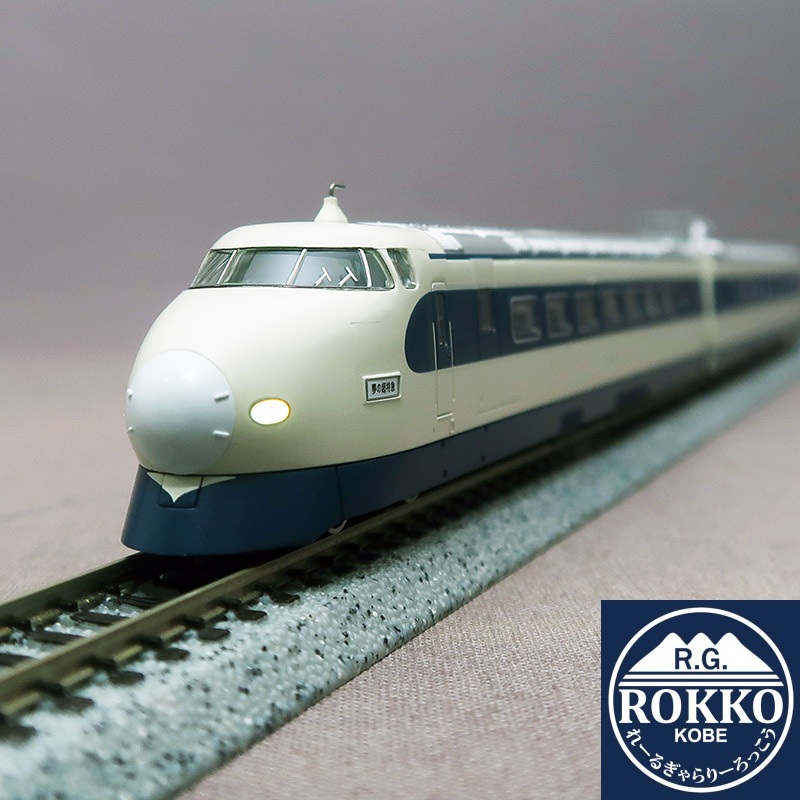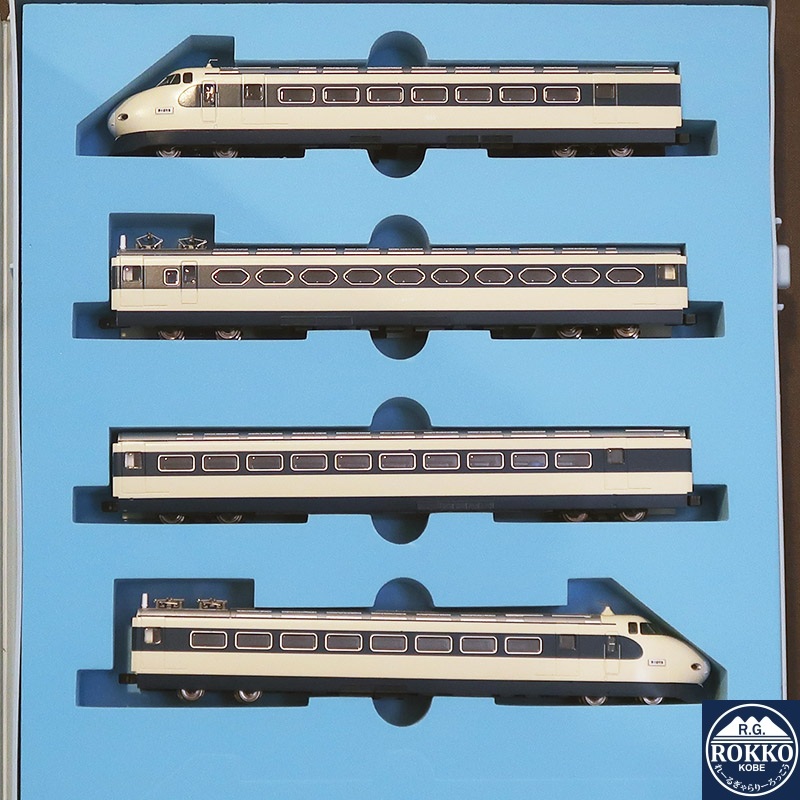※Re-release (A6531) JNR Super Express 1000 Series(B Formation) 4Cars
¥15,470JPY
SKU: MicroAce A6531
Package Volume: 900.00
ItemNumber A6531
JNR Super Express 1000 Series(B Formation) 4Cars
Information
In 1962, when the "Dream Super Express" between Tokyo and Osaka, which had been called the bullet train before the war, was starting to take shape, the Japanese National Railways manufactured six high-speed prototype cars, numbered as the 1000 series, to conduct field tests and obtain data on various devices necessary for stable commercial operation at a speed exceeding 200 km/h, which was unprecedented in the world. The two-car train consisting of cars 1001 and 1002 was commonly known as the "A train," and the four-car train consisting of cars 1003 to 1006 was commonly known as the "B train." A six-car train consisting of both cars was coupled together, and passing tests were also conducted using both cars. The streamlined "dumpling nose" front end shape was mostly refined through wind tunnel experiments using a model, but many problems were identified when the prototype was actually run, and the 1000 series has undergone subtle changes in shape compared to when it was first completed. In particular, the original pantograph was a "diamond-shaped" one with no crossing at the bottom frame, which is particularly eye-catching. Car 1004 was designed as a prototype with a body structure with diagonal pillars, and was characterized by its hexagonal passenger windows. Comparative tests of different windshield shapes were also conducted on the two leading cars, leaving valuable data for the design of mass-produced cars. In 1964, before the opening of the line, it was converted into an electric signal test car, the 922-0 series (the first Doctor Yellow), and continued to support the safe operation of its successors until its retirement in 1975.
JNR Super Express 1000 Series(B Formation) 4Cars
Information
In 1962, when the "Dream Super Express" between Tokyo and Osaka, which had been called the bullet train before the war, was starting to take shape, the Japanese National Railways manufactured six high-speed prototype cars, numbered as the 1000 series, to conduct field tests and obtain data on various devices necessary for stable commercial operation at a speed exceeding 200 km/h, which was unprecedented in the world. The two-car train consisting of cars 1001 and 1002 was commonly known as the "A train," and the four-car train consisting of cars 1003 to 1006 was commonly known as the "B train." A six-car train consisting of both cars was coupled together, and passing tests were also conducted using both cars. The streamlined "dumpling nose" front end shape was mostly refined through wind tunnel experiments using a model, but many problems were identified when the prototype was actually run, and the 1000 series has undergone subtle changes in shape compared to when it was first completed. In particular, the original pantograph was a "diamond-shaped" one with no crossing at the bottom frame, which is particularly eye-catching. Car 1004 was designed as a prototype with a body structure with diagonal pillars, and was characterized by its hexagonal passenger windows. Comparative tests of different windshield shapes were also conducted on the two leading cars, leaving valuable data for the design of mass-produced cars. In 1964, before the opening of the line, it was converted into an electric signal test car, the 922-0 series (the first Doctor Yellow), and continued to support the safe operation of its successors until its retirement in 1975.


